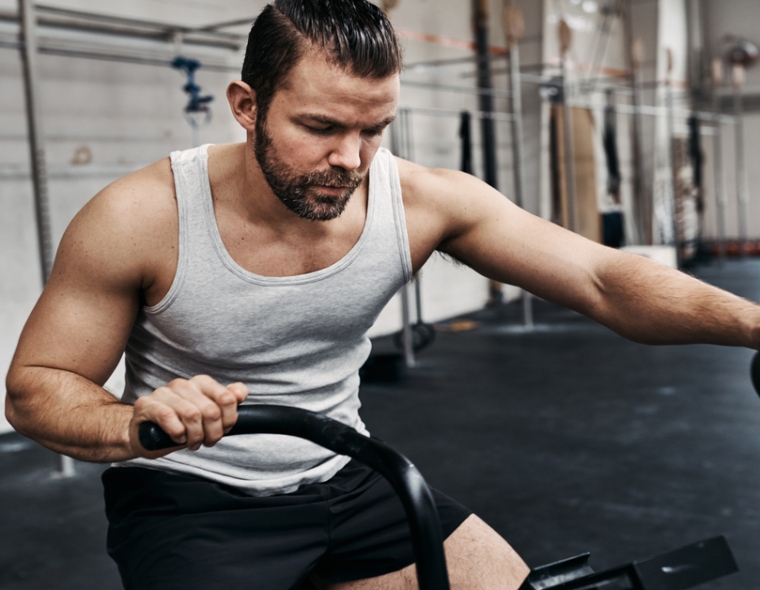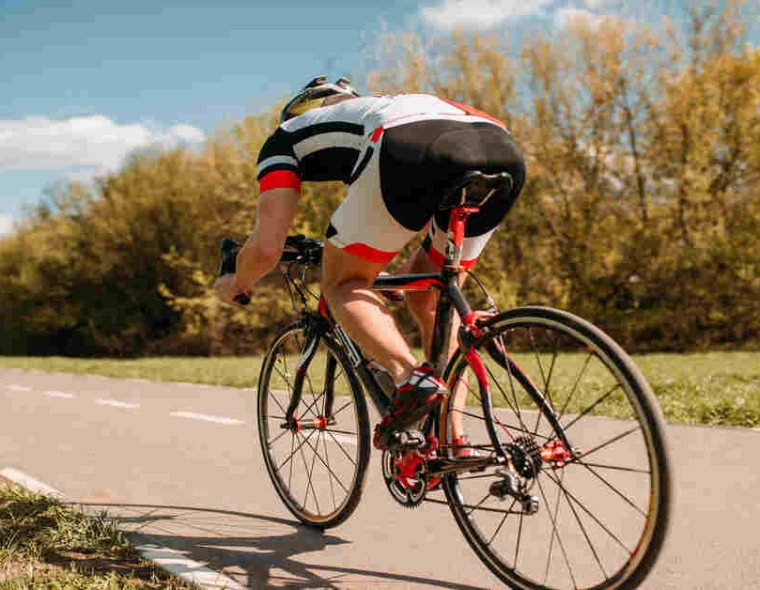Not only is cycling an awesome outdoor activity, but it is also one of the most effective exercise modes of augmenting stamina, calorie burning and enhancing health. You may be a first time rider or you may want to improve your rides and in both cases, a structured plan will be important in ensuring steady improvement.
A properly prepared cycling fitness program will make you ride in a smarter way other than a harder way. It balances the intensity, recovery and nutrition in such a way that one can develop strength, stamina and speed without the risk. Now we will discuss how to develop your personal training plan that suits your lifestyle, goals and fitness level.
Why Cycling Is a Great Fitness Choice
Biking provides a total body exercise that is also non-punitive to the joints. It is not a strain or stressful exercise like running but a low impact workout that will build your legs, core, and heart.
It is even versatile, you can either ride outside on adventure or you can use a stationary bike or even a smart trainer. Frequent cycling makes one more enduring, stress-free, and may even elevate the mood due to the release of endorphins.
Cycling as a method of maintaining fitness is one of the most convenient and fun options whether you want to lose some pounds, become more endurance, or just be active.
Setting Clear Goals
Before starting your training plan, identify what you want to achieve. Different goals require different approaches:
- Weight loss: Focus on moderate to long rides with consistent effort.
- Endurance: Build distance gradually and include steady-state rides.
- Strength: Add hill climbs or resistance-based workouts.
- Speed: Include interval training with bursts of high intensity.
Use short-term objectives and assess your development on a weekly basis. The most basic of ambitions can provide inertia and objective change with time passing, such as riding three times a week.
Understanding Training Zones
To train effectively, you need to balance effort and recovery. Most cyclists use five intensity zones based on heart rate or perceived exertion:
- Zone 1 – Easy Recovery: Light effort, gentle pedaling.
- Zone 2 – Endurance: Steady, conversational pace.
- Zone 3 – Tempo: Moderate challenge, steady breathing.
- Zone 4 – Threshold: Hard effort, pushing limits.
- Zone 5 – Max Power: Short bursts of full intensity.
For most cycling fitness programs, spend about 70–80% of your total training time in Zones 1–3 and 20–30% in higher zones to build both endurance and strength.
Building Your Weekly Schedule
Consistency matters more than intensity when you’re starting out. A balanced weekly cycling plan might look like this:
- Day 1: Easy recovery ride (30–45 minutes)
- Day 2: Interval training (short, high-intensity efforts)
- Day 3: Rest or light stretching
- Day 4: Endurance ride (60–90 minutes steady pace)
- Day 5: Hill or strength ride
- Day 6: Cross-training (yoga, swimming, or strength training)
- Day 7: Rest or leisure ride
This pattern builds fitness while preventing burnout. Over time, you can increase duration or intensity as your stamina improves.
Incorporating Interval Training
Intervals are one of the most efficient ways to boost cardiovascular fitness. They involve alternating between high-intensity bursts and low-intensity recovery.
Example:
- Warm-up: 10 minutes easy pedaling
- 30 seconds hard effort → 90 seconds easy spin (repeat 6–8 times)
- Cool down: 10 minutes easy pedaling
This simple workout strengthens your heart and lungs while increasing your ability to sustain effort. It’s also great for time-crunched riders who want results without long hours in the saddle.
Don’t Forget Strength Training
While cycling builds lower-body endurance, adding off-bike strength workouts helps create balance and power. Focus on exercises that target your legs, glutes, and core, such as:
- Squats
- Lunges
- Planks
- Deadlifts
- Leg presses
Two short sessions per week are enough to prevent injury, improve pedal efficiency, and make climbing hills easier.
Fueling and Hydration
Eating is significant in fitness cycling. Consume non-digestible carbohydrates such as oats or whole-grain toast before long rides to maintain constant energy. On rides that last longer than 90 minutes, take energy gels, fruit, and electrolyte beverages.
Subsequently, make protein and hydration a priority in order to recover the muscles. Chicken, rice, vegetables or a smoothie with protein powder is a perfect food after a ride. Hydration during the day promotes performance and recovery.
Rest and Recovery
All serious cyclists understand that training is a process that involves recovery. Muscles are unable to reconstruct and adapt without rest. Take at least one or two days off per week.
Active recovery rides, slow and easy rides are used to improve blood flow and relieve soreness. Sleep, stretching and massage also contribute a lot towards ensuring that your next session is ready to start.
Tracking Progress
Performance monitoring helps to stay motivated. Track your distance, pace, and elevation by using one of several applications, such as Strava, Garmin connect or TrainingPeaks.
Note your emotions after every ride: energy, comfort, recovery. With time, you will find an increase in strength, endurance, and self-confidence. Monitoring the progress will keep you on track and reward yourself, whether it is a small or a big step.
Staying Motivated
Consistency can be hard, but motivation grows when cycling feels enjoyable. Try these strategies:
- Join local cycling clubs or weekend group rides.
- Set monthly challenges (like a 100 km goal).
- Explore new routes to keep things exciting.
- Reward yourself for milestones, new gear or a scenic day trip.
Cycling becomes a lifestyle when you make it social, goal-oriented, and fun.
Conclusion
There is no need to have an elaborate machine or expert training to construct a cycling fitness plan, all one needs is organization, discipline and the desire to ride. With clear goals, a balanced ratio of work and rest, and a monitoring of progress, you not only will be able to enhance your fitness, but also will enjoy every ride.
Whether you are riding the block or training up the hill, each push of the pedal will put you nearer to bigger legs, healthier heart, and clearer mind.
Planning your week, getting ready, and hitting the bike, that is all you need to do to transform your best self in one ride.



